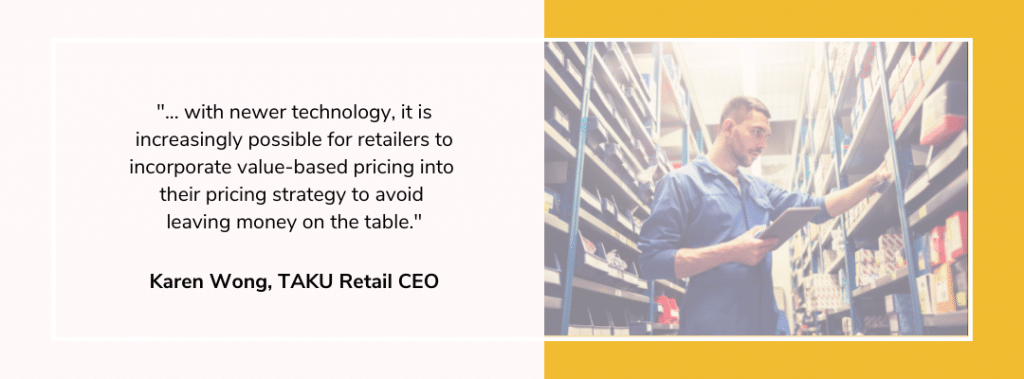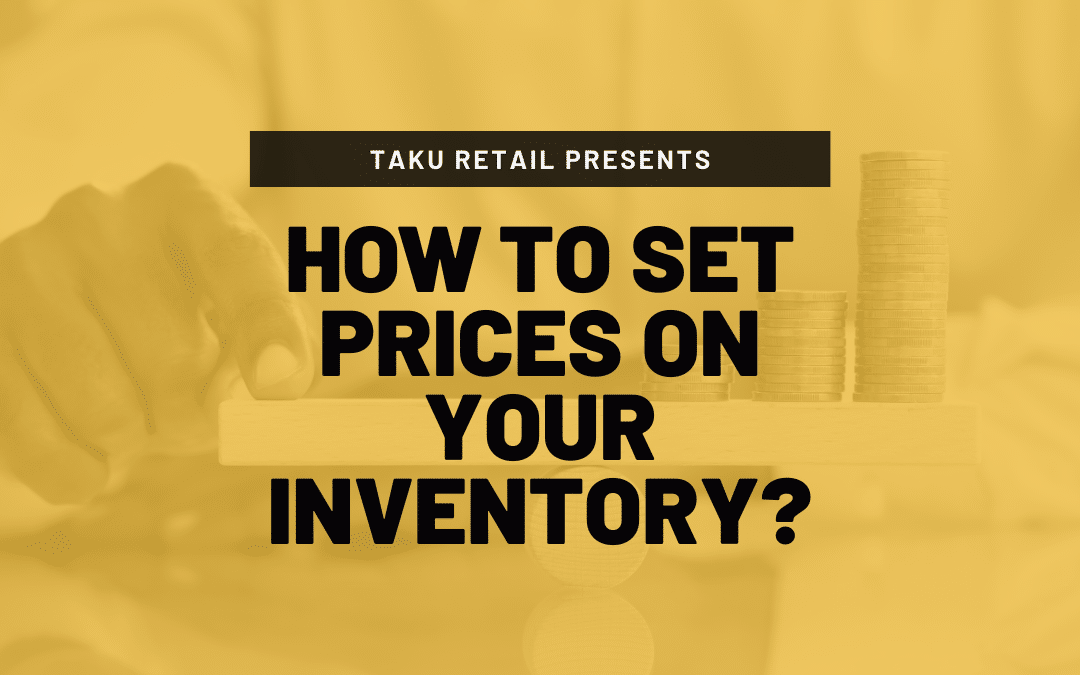The bottom line is, you want to make a profit with your business. This means selling products and services that customers want and are willing to pay for at the price you are selling. Finding that point can be confusing to many business owners: balancing margins and finding out the going market price are things to consider before releasing a new product. The wrong strategy could lead to large financial losses; we have created a pricing guide to help retailers get to the other side and find the right pricing strategy for your business.
Cost-based pricing
This is the most straightforward way to determine sell prices. This method is not related to market pricing and sets prices based only on actual costs. In this case, retailers estimate all fixed (e.g. purchase cost) and a share of variable costs (e.g. overhead costs that you have to pay even without any sales such as rent, payroll or utilities) to determine the sell price of a product. This method is most commonly used in product categories that are highly competitive where market prices are relatively known. Staple products or commodities are common examples.
Cost-plus pricing
Instead of adding the actual overhead cost of the business, cost-plus pricing is a lot easier to calculate as it assumes a specific fixed markup percentage to a product’s purchase cost. For example, some merchants will simply multiply the cost to buy a product by a factor of 2x to 3x. This is called the price markup. While this method is much easier to use, it is important for retailers to make sure that the markup percentage is enough to meet your target rate of return (profit) and to periodically review the markup to make sure that it is still suitable.
Value or market-based pricing
This is the most common method in industries where the perceived value of a product is highly driven by emotion or lack of availability such as fashion, art, luxury cars or concessions at sporting events. Essentially, this method sets prices mainly based on the perceived or estimated value of a product or service to the customer rather than according to the cost of the product or historical prices. This is commonly used by retailers with deep understanding of brand building, market pricing, managing exclusivity and valuing the benefit to a customer versus how much she or he is willing to pay.

While market-based pricing is constantly changing, and therefore more sophisticated to manage, with newer technology, it is increasingly possible for retailers to incorporate value-based pricing into their pricing strategy to avoid “leaving money on the table.” It’s also worth pointing out that the increasing number of merchants going online has also made pricing in some categories more transparent which increases price competition and can drive pricing lower. It’s why many premium brands enforce MSRP on their online retailers (e.g. Apple) and more merchants are selling their own branded products online today as these categories are the most likely to be successful since supply can be more easily controlled and substitutes are less available.
Penetration pricing
Introducing new products into the market by lowering price is a strategy that some retailers use to introduce their products into a saturated market. This is a good chance to build brand loyalty and to get new customers to try your products.
Although it may seem intuitive to jump into the market with this strategy to gather as many customers as possible, this strategy does have some drawbacks. Raising prices (after the initial release) often leads to some reluctance from customers, so proceed with caution.
Sensitivity to price changes
All of the pricing methods above should not be applied without considering whether a product is price elastic or inelastic. Price elasticity refers to how sensitive price changes will have on the demand for a product. For some products, demand will change significantly if prices are changed and vice versa. A classic example is grocery store bread. Unless brand loyalty is strong or there is a special product feature, bread pricing tends to be elastic: as price increases, the demand will decline.
Price elasticity is useful as it gives you a sense of how much you can adjust pricing without significantly affecting the demand for your product. It’s important to remember that many products have category thresholds. This means that even if you sell an product that is price inelastic or not sensitive to price changes (e.g. luxury purses), the market will have a perception of the maximum a buyer is willing to pay.
Similarly, it is important to remember that demand sensitivity is also impacted by the availability of substitutes or competitors. So if you sell in a category that has a lot of competitors with similar alternative products, the demand for your products will most likely be more sensitive to price changes since it’s easier for your buyers to find replacements.
Want to read more on how to manage inventory effectively?




finest article, i love it